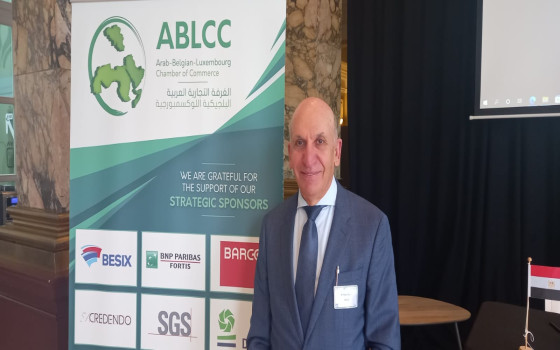
The volume of Arab-Belgian trade exchange exceeds 32 billion euros. Qatar, Saudi Arabia, the UAE and Egypt are in the lead

- Europe and Arabs
- Monday , 24 April 2023 13:23 PM GMT
Brussels: Europe and the Arabs
Caesar Hijazin, Secretary General of the Arab-Belgian Chamber of Commerce in Brussels, said that the chamber issued its annual report on trade exchanges between the Arab countries and Belgium for the years 2021 and 2022. Hijazin told the "Europe and the Arabs" website that the exchanges between the two sides amounted to more than 32 billion euros in 2022, compared to 22 billion. Euros in 2021 Arab exports to Belgium have increased significantly from more than eight and a half billion euros in 2021 to 4.16 billion euros in 2022, an increase of 89%. These figures came in the annual report, of which we received a copy, and it is about the performance of the Belgian economy in 2022 and expected in 2023, and trade exchanges with Arab countries.
“The past year was primarily characterized by record inflation rates in most parts of the world, due to a combination of several factors, as the global economy in 2022 faced gale winds due to the war in Ukraine on the one hand, and the negative effects of the zero Covid policy on the Chinese economy on the other hand. Inflation has led to a slowdown in economic activities at the global level and to a sharp decline in economic growth rates, for example, the United States recorded relatively weak annual growth in 2022, although it is not affected by gas imports and is therefore less affected, and growth slowed in China while Depends on the shock of energy prices, the Russian economy recorded a contraction due to sanctions and the withdrawal of some major Western companies from Russia, however, according to current economic analyzes, the global slowdown will remain limited in terms of its duration and size.
European economy:
The inflation rate in the euro area reached 4.8% in 2022, which is much higher than the European Central Bank's target, and this is mainly due to the rise in gas prices, as the European economy's heavy dependence on Russia led to fears of a shortage in energy supplies, which It resulted in a significant rise in natural gas prices in Europe, followed by an increase in electricity prices in the summer of 2022. Soon, inflation prevailed in a very wide range of goods and services. Of course, the purchasing power of consumers was affected, and companies faced a sharp rise in production costs. Besides, the European Central Bank had to tighten its monetary policy in order to curb inflation, and this led to raising interest rates. Despite this, the eurozone economy has proven itself, thanks in particular to the good performance of the labor market. Even the growth rates were much higher than expected in the first half of the year. Growth continued thanks to the effect of a significant recovery after the Corona crisis, which boosted private consumption. Industrial activity has held up well despite rising costs. But in the second half of 2022, the European economy began to slow down gradually, but several factors helped to avoid recession, and they themselves may allow economic growth to improve little by little during the year 2023. Energy prices subsequently declined significantly, and alternatives to gas were provided. The Russian and the improvement continued after the Covid crisis. Private spending has also been supported by improvements in employment and measures taken by public authorities to reduce the energy bill for consumers. Despite this, economic growth in the euro area is not expected to exceed 1% in 2023, after it reached 5.3% in 2022. Of course, doubts surround these expectations due to the unpredictability of the developments of the war in Ukraine, the extent of the recovery of the Chinese economy and the level of inflation.
Belgian economy
The Belgian economy, like other economies in the eurozone, lost momentum during the year, and slowed considerably in the second half of 2022, but it did not enter a recession. If the energy crisis and the resulting decline in income in that year were similar to the oil crisis in the seventies, the reaction of the economy was completely different, as more than 100,000 new jobs were created, and the GDP growth rate reached 1.3%. The service sector remained the main driver of growth, while industry suffered from high energy prices. This good result and the high rate of economic growth are due to the results of the first half of the year, when the economic activity was very dynamic thanks to the economic recovery achieved after the health crisis as in most European countries, and thanks to the strong growth in economic activities in the previous year by +1.6%. Along with private consumption that mainly supported growth. On the other hand, the inflation rate reached 6.9% in 2022, which is its highest level since the seventies, and had it not been for government measures to reduce it, it would have exceeded that. The private sector, especially in the real estate sector, however, this system negatively affected companies, some of which were forced to stop their activities due to the high production costs, whether due to the rise in energy prices or due to the increase in wages. The strong recovery in the labor market continued in almost all sectors, with the exception of some activities in the agricultural sector, and the number of net jobs that were created reached 101,000 in 2022, which represents the largest increase since 1953. Resorting to temporary unemployment, which reached its peak during the Corona crisis, also diminished. It gradually returned in 2022. However, the energy crisis led to resorting to it again, but to its normal level within a year, in a relatively lesser way. The employment rate of people aged 20-64 has increased from 6.70% in 2021 to 72% in 2022. The growth of this rate has slowed compared to the previous year due to the large influx of Ukrainian refugees, which has led to a clear increase in the working-age population of Belgium. . While the unemployment rate reached 7.5%, after peaking at 3.6% during the pandemic. The number of the unemployed continued to decline in 2022, as happened in 2021 due to the recovery after the pandemic, but the recovery of the labor market also slowed in the second half of the year, and the labor market lost some of its dynamism. Despite unemployment, companies face some difficulties in finding workers in some professions, especially in some areas such as communications, hotels and restaurants. With regard to public finances, the financial balance in the public budget improved significantly after the mitigation of the Corona crisis, but the intensification of the energy crisis put public finances under pressure again. The budget deficit in 2022 continued to decline to 9.3% of GDP. However, he remained very tense due to the new measures adopted by the authorities to confront the energy crisis and the Ukrainian crisis
. 3 The sovereign debt ratio in Belgium decreased by 2.4 percentage points, reaching 105% of GDP, one of the highest ratios in the euro area. It is assumed that the decline in the debt ratio will not last due to the expectation of continuing to achieve a large budget deficit over the next few years, because the goal of fiscal policy in 2022 was to quickly support the purchasing power of individuals. On the other hand, the various recovery plans supported corporate investment, but doubts and the sharp rise in long-term interest rates curbed this investment, and as a result, the volume of corporate investment declined during 2022 by 1.9%.
2023 alarming expectations
The repercussions of the two crises that the country went through - that is, the Corona pandemic crisis and the energy crisis - have not ended, which largely led to stopping the necessary structural reforms, while the main challenges facing Belgium have not changed, including the risk of declining competitiveness of the economy, and reforms in the labor market with the aim of Increase employment, reduce the large budget deficit, and reform the costly pension system. However, the decline in gas and electricity prices to the level before the crisis in Ukraine may revive economic activities quickly this year, provided that energy prices do not rise again. In order to reduce the burden on public finances, analysts believe that the measures should target the most vulnerable groups and be funded as much as possible from the profits made by companies that have benefited from high energy prices. And that it is necessary to carry out structural reforms in the Belgian public finances due to the high deficit and public debt. It is expected that the growth rate in Belgium will gradually increase in 2023, thanks to the slowdown in inflation and the good performance of the labor market. The automatic salary increase will also lead to a tangible rise in purchasing power, reinforcing the role of private consumption as a major driver of growth. However, Belgian GDP growth will remain modest, falling from 1.3% in 2022 to 0.1% in 2023. Inflation will decline from 6.9% in 2022 to 4.4% in 2023, and 38,000 new jobs are expected to be created in 2023. The unemployment rate will also rise again. Others in Belgium increased from 7.5% in 2022 to 2.6% in 2023. It is assumed that the employment rate will increase slightly this year and reach 3.72%. The growth of Belgian export markets is expected to slow down in 2023 to reach 4.3%, compared to 9.7% in 2022.
Belgian Foreign Trade 2022
The value of total Belgian exports amounted to 604 billion euros, an increase of 1.30% compared to 2021. Chemical products ranked first among Belgian exports with a rate of 7.27%, while mineral products ranked second with a rate of 3.18%, and transport equipment ranked third with a rate of 6.8%. Others, Belgium's total imports amounted to 592 billion euros, an increase of 4.32% compared to the previous year. Chemical products ranked first among total Belgian imports with a rate of 5.24%, while mineral products ranked second with a rate of 2.23%, and machinery and equipment ranked third with a rate of 8.10%.
Trade exchanges with the Arab world
In 2022, the value of Belgian exports to the Arab world amounted to 9.15 billion euros, with a noticeable increase of 2.19% compared to 2021. Chemical products ranked first among Belgian exports to the Arab world with a rate of 1.27%, followed by precious stones and precious metals with a rate of 3.18%. Then mineral products, which ranked third with a rate of 9.10%. The United Arab Emirates came at the forefront of Arab importers from Belgium with a rate of 5.28%, followed by the Kingdom of Saudi Arabia and Egypt with a rate of 8.16% and 9.10%, respectively.
While the value of Belgian imports from the Arab world amounted to 3.16 billion euros, a significant increase of 89% compared to the previous year. Metal products ranked first among Belgian imports from the Arab world with a percentage of 4.54%, while chemical products ranked second with a percentage of 9.15%, and precious stones and precious metals ranked third with a percentage of 9.10%. Qatar came at the forefront of Arab exporters to Belgium with a percentage of 39%, followed by the Kingdom of Saudi Arabia. Saudi Arabia and the United Arab Emirates by 7.20% and 6.13%, respectively.


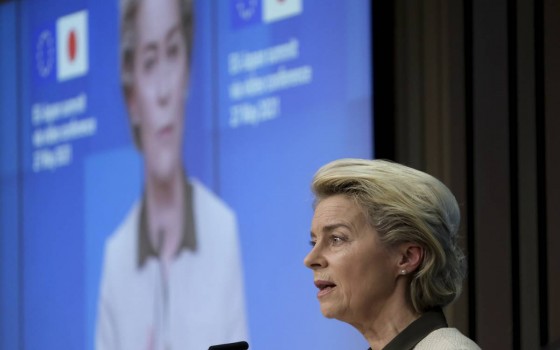
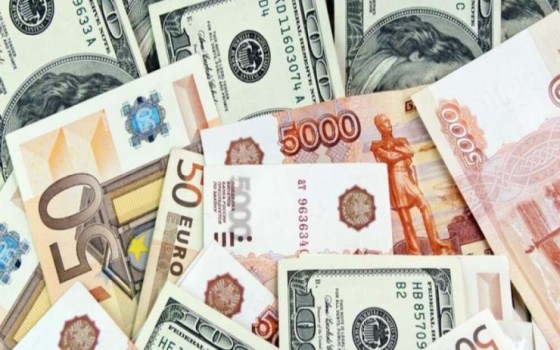



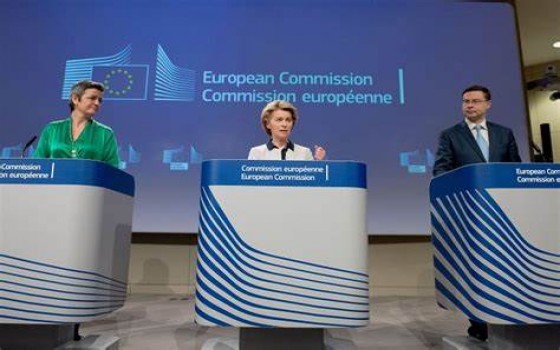
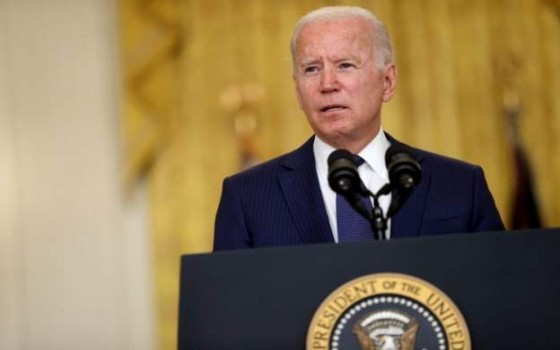



No Comments Found